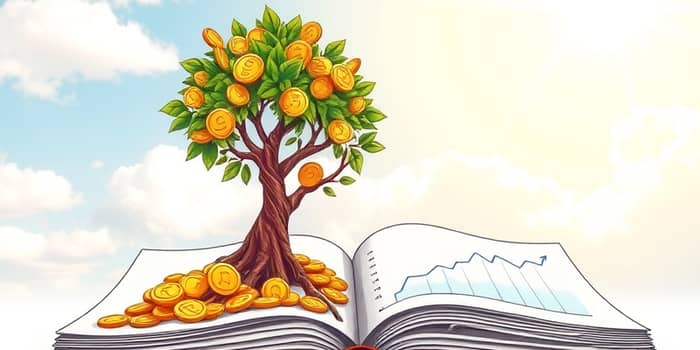
Dividends have long served as a cornerstone for investors seeking to build wealth steadily and sustainably. While share price appreciation often captures headlines, the true power of dividends lies in their ability to generate a reliable income stream and fuel exponential growth when reinvested.
From 1930 to 2024, 40% of the S&P 500’s annualized total return was driven by dividend payouts and their reinvestment, highlighting the pivotal nature of this often-overlooked return component. Globally, reinvested dividends accounted for 55% of global market returns between 1987 and 2023.
Throughout modern market history, dividends have consistently contributed a substantial portion of total returns. In periods of both growth and volatility, these cash distributions provide a buffer against declines, offering investors a tangible reward even when share prices stagnate or fall.
During the Great Depression, World War II, and the 2008 financial crisis, companies that maintained or increased dividends signaled financial strength and stability. Investors holding these stocks often fared better than those seeking returns strictly through capital gains.
Dividend growth stocks—those that regularly raise distributions—tend to outperform non-payers with less volatility over the long-term. Firms capable of sustaining and increasing dividends usually boast healthy balance sheets and robust cash flow, making them more resilient during market downturns.
By emphasizing dividend growth, investors tap into companies that prioritize shareholder returns and demonstrate disciplined capital allocation. These businesses often operate in mature industries with predictable earnings, creating a steady foundation for future growth.
The concept of compounding stands at the heart of dividend investing. Through dividend reinvestment plans (DRIPs), payouts purchase additional shares automatically, which in turn generate more dividends. This snowball effect transforms modest yields into compounded portfolio growth over decades.
Consider a hypothetical $10,000 investment with a 5% annual dividend yield over 30 years. Without reinvestment, the portfolio value remains $10,000 (aside from the cash collected). With DRIP reinvestment, the ending value soars to over $43,000. Dollar-cost averaging through periodic reinvestment further smooths purchase prices.
Global dividends per share have climbed at a 5.6% annual rate over the past 20 years and are projected to accelerate to 7.6% annual growth as companies benefit from expanding earnings and conservative payout policies.
Despite a 12% drop in global dividends during 2020, payouts rebounded swiftly, growing faster than earnings in seven of the last eight quarters. Today’s environment of moderate inflation and economic recovery bodes well for continued dividend expansion.
Automatic reinvestment reduces emotional decision-making and discourages attempts at market timing. Modern platforms often offer fractional share purchases and zero commissions, making DRIPs accessible and cost-efficient for all investors.
By mechanizing the investment process, individuals remain focused on long-term goals rather than short-term price swings, fostering discipline and patience—key traits for successful investing.
Dividends represent a powerful engine for building wealth, offering both stability and the potential for long-term compounding effects. By combining high-yield and dividend-growth stocks, reinvesting payouts automatically, and maintaining diversification, investors can craft portfolios that weather market volatility and deliver robust total returns.
Ultimately, viewing dividends as a core component—rather than an afterthought—of a broader investment strategy can transform modest income streams into significant wealth over time, providing both confidence and peace of mind on the path to financial goals.
References













